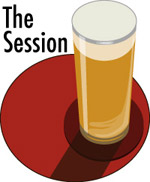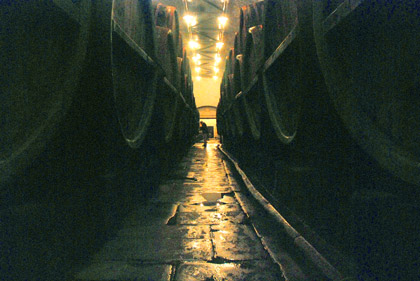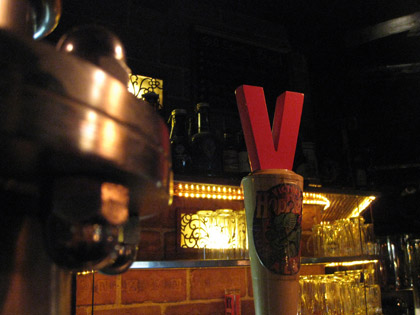 Shawn and Nico have asked us to write about Prohibtion today in Session #22.
Shawn and Nico have asked us to write about Prohibtion today in Session #22.
Specifically: “What does the repeal of Prohibition mean to you? How will you celebrate your right to drink beer?”
I’ll start with a bit of a confession. My great grandfather ran for local office in the 1890s on the Prohibition ticket. He was a berry farmer and lay preacher who also wrote about community news for two nearby newspapers. A.A. Applegate was no neo-convservative. In a time when graduating from high school wasn’t the norm he reared six children who went to college on state scholarships. Some became artists and musicians. He is one of my heroes.
He didn’t use his newspaper columns as a pulpit so I don’t have any information why he chose to run on the Prohibition ticket. But read any of many histories about taverns and pubs during the final decades of the 19th century and you can see these were not family friendly places. Sometimes they weren’t even people friendly.
In contrast you have what we’ve seen during the past 14 weeks in Europe. This includes teenagers drinking (wine as well as beer) in the company of their parents. This includes shopkeepers getting together right after work at a cafe in Switzerland, some drinking coffee, some wine and some beer. And tables reserved on a standing basis (“Stammtisch”) in Germany. And the way they keep a tab with marks on coasters in Franconia or the simple slips of paper in the Czech Republic. And regulars solving the problems of the world in the back room of a German pension, beers in hand before most of the guests had finished breakfast.
Connect the dots.
I’m sure you will read lots of great posts about why the repeal of Prohibition was important, but it’s a topic I don’t feel like taking more time to write about when I can enjoy drinking beer some place where there was never was Prohibition and I can’t imagine there ever will be. Yes, I understand that might be shortsighted.
Fact is I’m pre-posting this because Friday we’ll be in Munich, and I’ll be focused on how to get from our hotel to Neuhauser Strasse 27.


